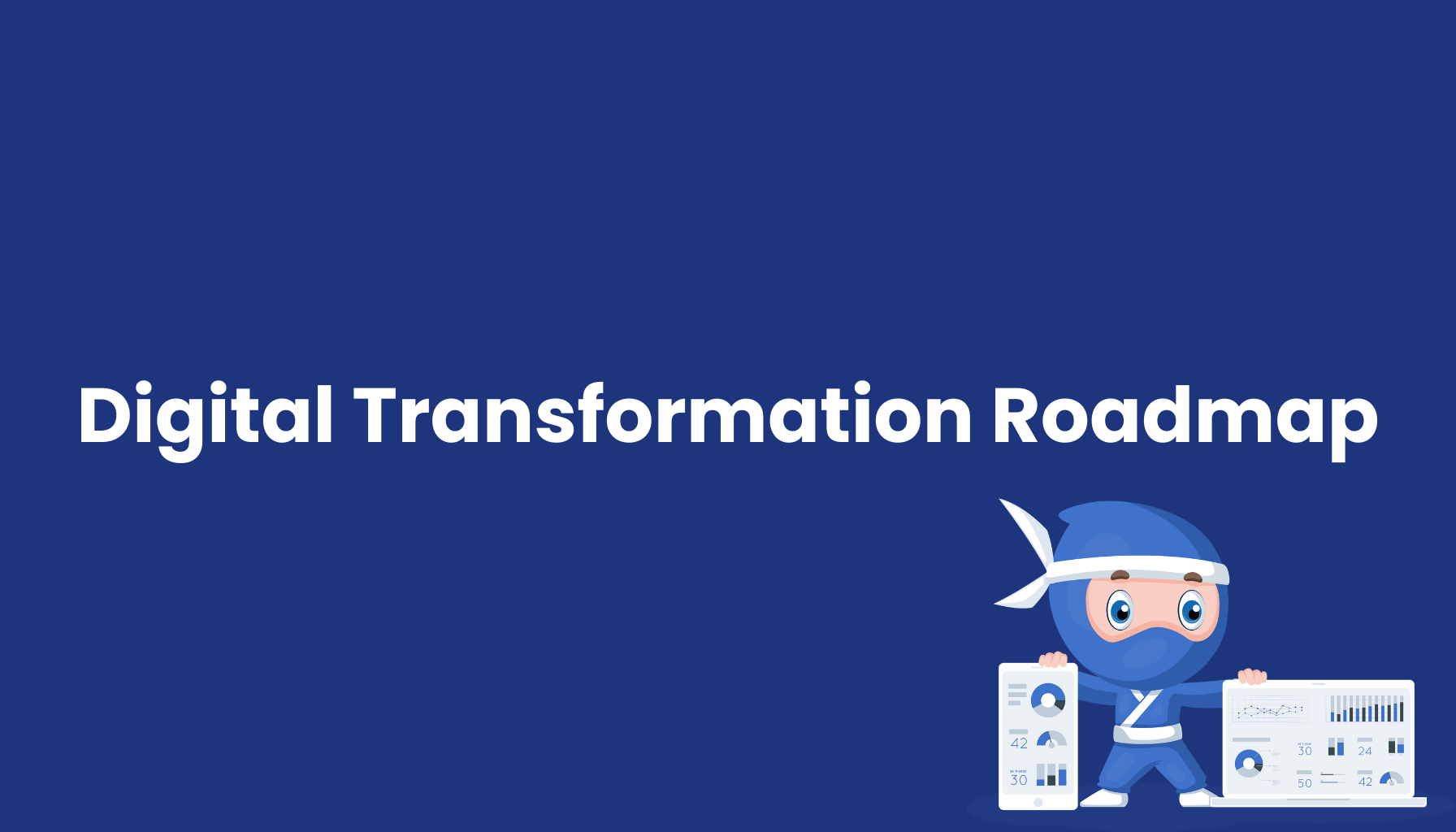Digital Transformation Roadmap

Introduction
A Digital Transformation Roadmap is a strategic plan that guides manufacturers in systematically implementing digital technologies. It defines how to introduce systems, processes, and data-driven decisions that increase efficiency, transparency, and competitiveness.
In industrial environments, it connects MES (Manufacturing Execution Systems), BDE (Shop Floor Data Collection), and OEE (Overall Equipment Effectiveness) into an integrated production ecosystem. The goal is a shift from reactive to smart, predictive manufacturing.
What is a Digital Transformation Roadmap?
A Digital Transformation Roadmap defines the path from the current state of production to a fully digital, connected factory. It outlines
-
the current maturity level of operations and systems
-
the goals and KPIs of digitalization
-
the steps and technologies required to achieve them
It ensures that digital transformation is not an isolated IT initiative but a long-term operational strategy.
Key Elements of a Digital Transformation Roadmap
1. Current State Analysis
-
Review of existing IT and production systems
-
Identification of bottlenecks, data silos, and manual dependencies
-
Assessment of MES, BDE, and ERP integration
2. Goal Definition
-
Set measurable objectives such as
-
+10–20 % OEE improvement
-
–25 % unplanned downtime
-
Enhanced data accuracy and traceability
-
-
Align with business and sustainability targets
3. Technology and System Selection
-
Cloud-based MES for real-time performance visibility
-
IoT and edge devices for automated data capture
-
BDE integration for accurate machine and operator feedback
-
Analytics tools for OEE and quality performance tracking
4. Project Planning and Prioritization
-
Start with quick wins like OEE dashboards or digital shift logs
-
Prioritize by ROI and complexity
-
Scale step by step across sites and lines
5. Change Management
-
Train employees on digital workflows
-
Establish internal digital champions
-
Foster acceptance and data-driven decision-making
6. Continuous Monitoring and Improvement
-
Use MES dashboards for KPI tracking
-
Apply OEE analytics for performance optimization
-
Create a continuous improvement loop across teams
Benefits for Manufacturers
Efficiency and Productivity
-
Real-time visibility of production performance
-
Reduced downtime and changeover times
-
Automated data flows through MES and BDE
Cost Transparency
-
Accurate resource allocation
-
Early detection of inefficiencies
Quality and Traceability
-
Full production documentation
-
Rapid identification of deviations via OEE
Competitiveness
-
Faster decision cycles
-
Stronger customer confidence
-
Foundation for sustainable, data-driven manufacturing
Example
An automotive supplier implemented a cloud-based MES integrated with BDE systems. The result:
-
OEE improvement of 18 %
-
25 % scrap reduction
-
Significant setup time reduction
The roadmap provided a clear framework for aligning technology, process, and business goals.
Conclusion
A Digital Transformation Roadmap is a long-term commitment to digital excellence. It connects technology, data, and people into one cohesive system.
Manufacturers that invest in MES, BDE, and OEE monitoring build a scalable foundation for the Smart Factory of tomorrow—efficient, transparent, and competitive.


